How to Prevent Sagging Sports Netting
Published May 12, 2023
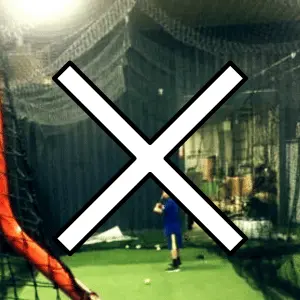
Post “Do Not Hang on Nets” Signs
The first, and easiest way to guard against saggy nets, is to simply post signs “Do Not Hang on Nets.” We’ve all seen kids, and even adults, observing from the outside of the cage or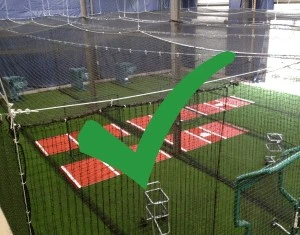
Avoid Walking Your Divider Nets
Many Batting Cages have retractable divider nets within a larger shell, which manually slide on a divider net cable, suspended just below the ceiling net. While walking the divider net back and forth to open and close, the tendency is to pull down on the net while walking the length of the cage. As the owner of the facility, instruct your coaches and players to avoid pulling down when doing so. When opening up the space, it’s best to stand at one end, and pull the net back, in almost a swimming motion, until the net is pulled all the way back. This prevents the pulling down motion which occurs when walking the net back.
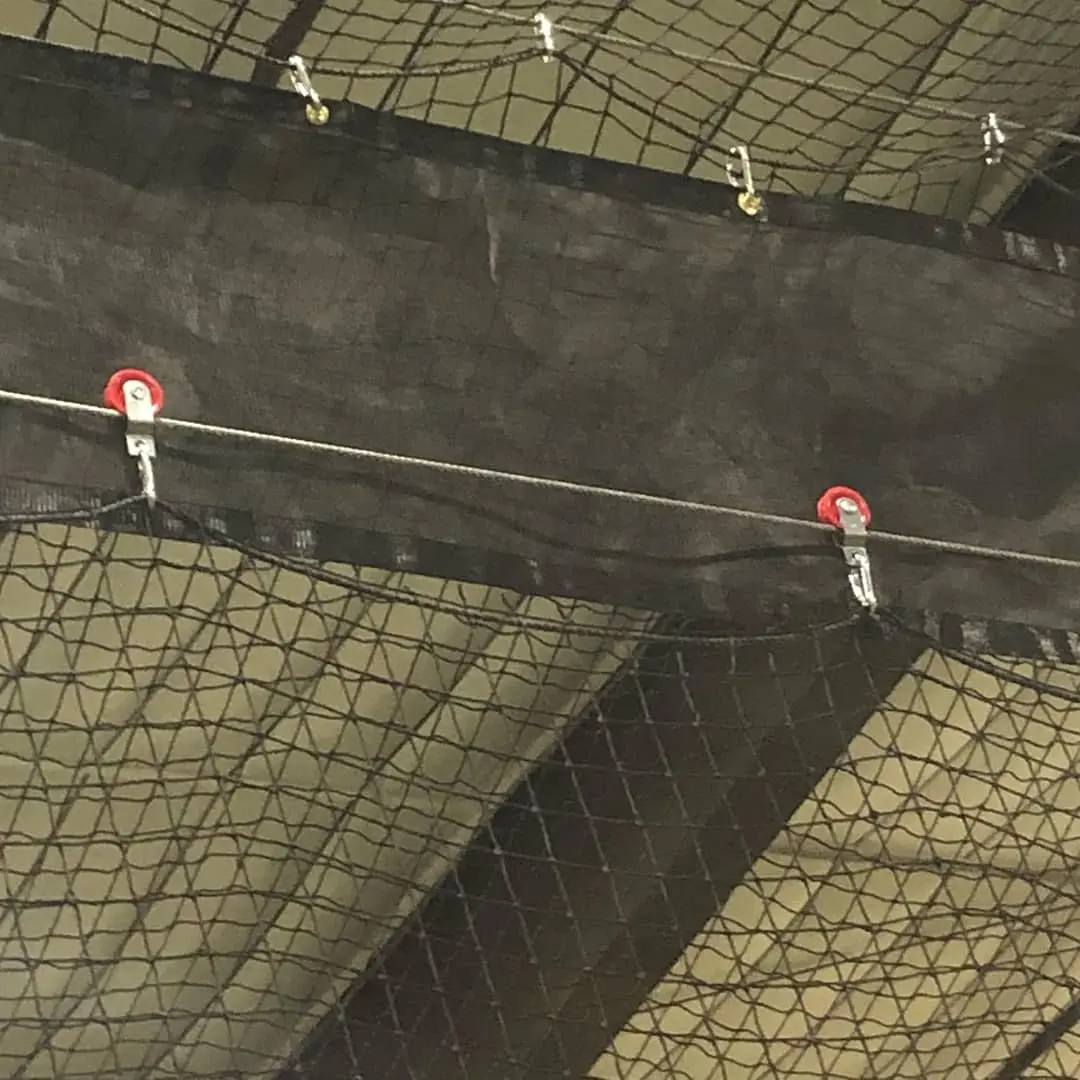
It’s common to see the rope border of the net clipped to the galvanized cable with spring clips around the edges of the cage. On retractable divider nets, using split brack pulleys allow the net to glide more easily when opening and closing, reducing the tension which pulls down the cables. Springs Clips often get crossed over each, and the underside of the clip gets worn over time, making it significantly harder to slide the nets due to the force required.
Proper Initial Installation of Netting
While the previous methods are preventative, post net installation, the best way to prevent sagging nets is by using the right hardware and techniques in the initial net installation.
We could write another entire article about how to anchor the cable to your structure. If the studs behind your drywall do not line up with edges of your cages, you can use unistrut, found at electrical supply stores, or often other pieces of wood to create anchor points in the right place. They can also be used to disperse the tension across multiple studs or support beams. Unistrut is very versatile, in that it can also be hung from ceilings, when properly mounted, to create termination anchor points in the middle of clearspan buildings for example. 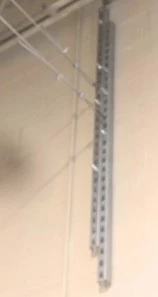
This article, however, will focus on the hardware to use after you have solved your anchor point problem. In this example, we’ll simply assume that an eye bolt is screwed into a wooden support beam.
Turnbuckles are the key to ensuring you have a tight cable from which to hang your net. The benefit to turnbuckles are that they can be tightened over time, so if your cable and nets do begin to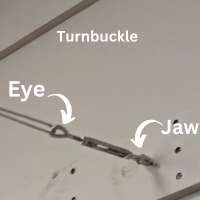
Second, turnbuckles can come with eyes, hooks or jaws. You will most frequently see the eye and hook, or eye and eye in stores. The eye & jaw combination are best for batting cages and it is extremely rare to see these in local hardware stores or Home Depots. They typically need to be ordered from specialty supply outfits.
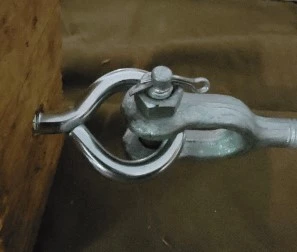
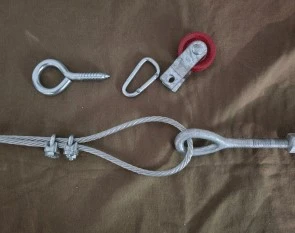
Once your cables are hung, then you can begin putting the pulleys and spring slips on the cable from the retractable nets. The “split brackets” simply go around the cable and then the spring clip, goes through the 2 holes of the bracket. We like to see these every 18” inches, so for a 70’ divider, you would need about 47 of pulleys and clips. From there it’s a matter of clipping the spring clips to the rope border of the net.
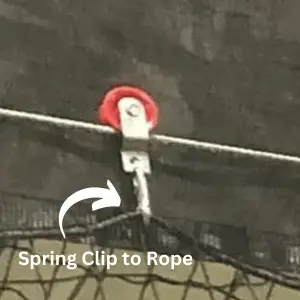
Conclusion
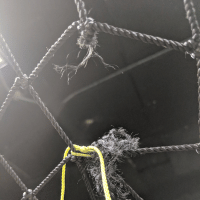
Spring Clipped Directly to Net
It’s not hard to have a great looking Batting Cage for many years to come, but it does require some forethought and maintenance. If you can prevent the unnecessary wear from pour human behavior and invest in the right equipment from the beginning, such as turnbuckles and split bracket pulleys, you can have a nice tight, cage with high ceiling nets without holes for a long time.

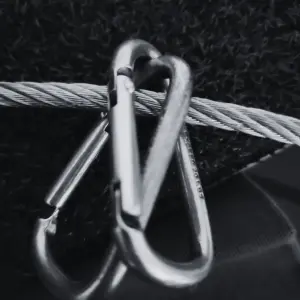
0 Comments